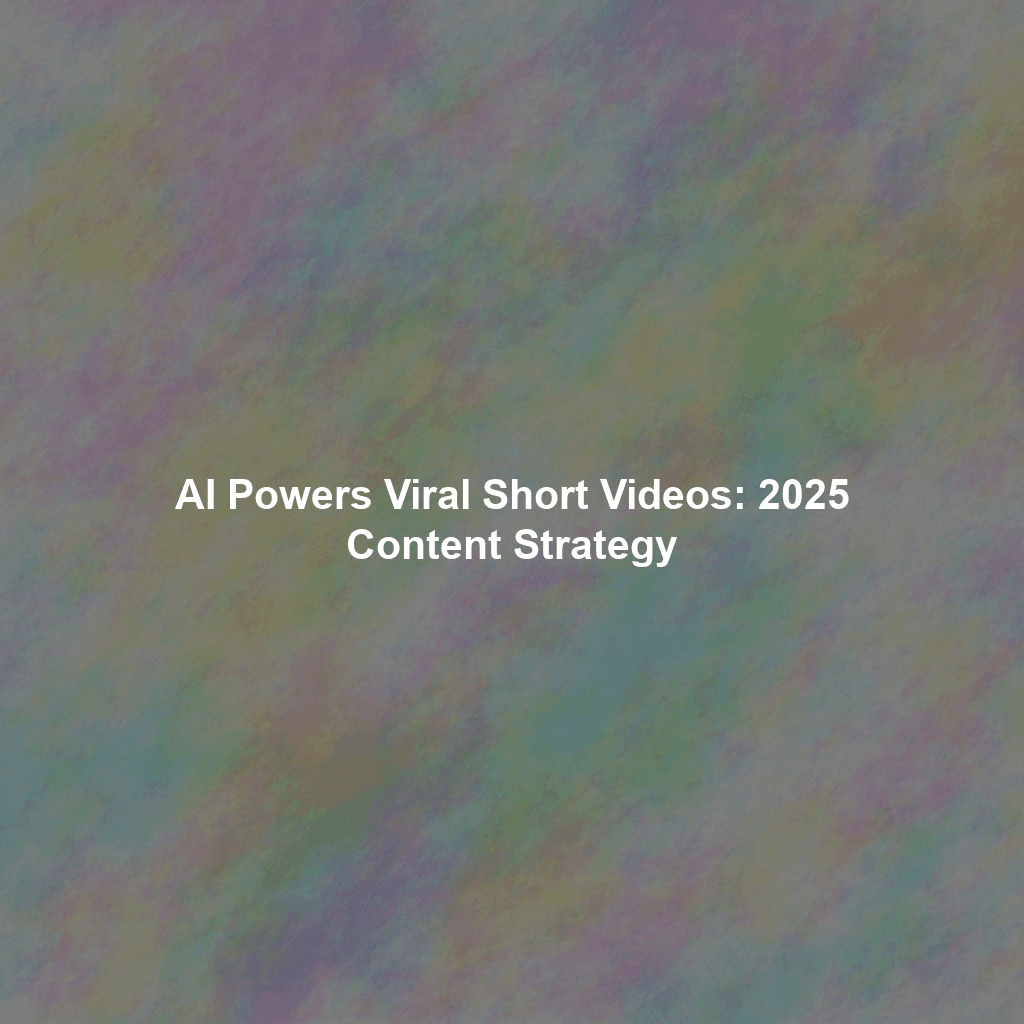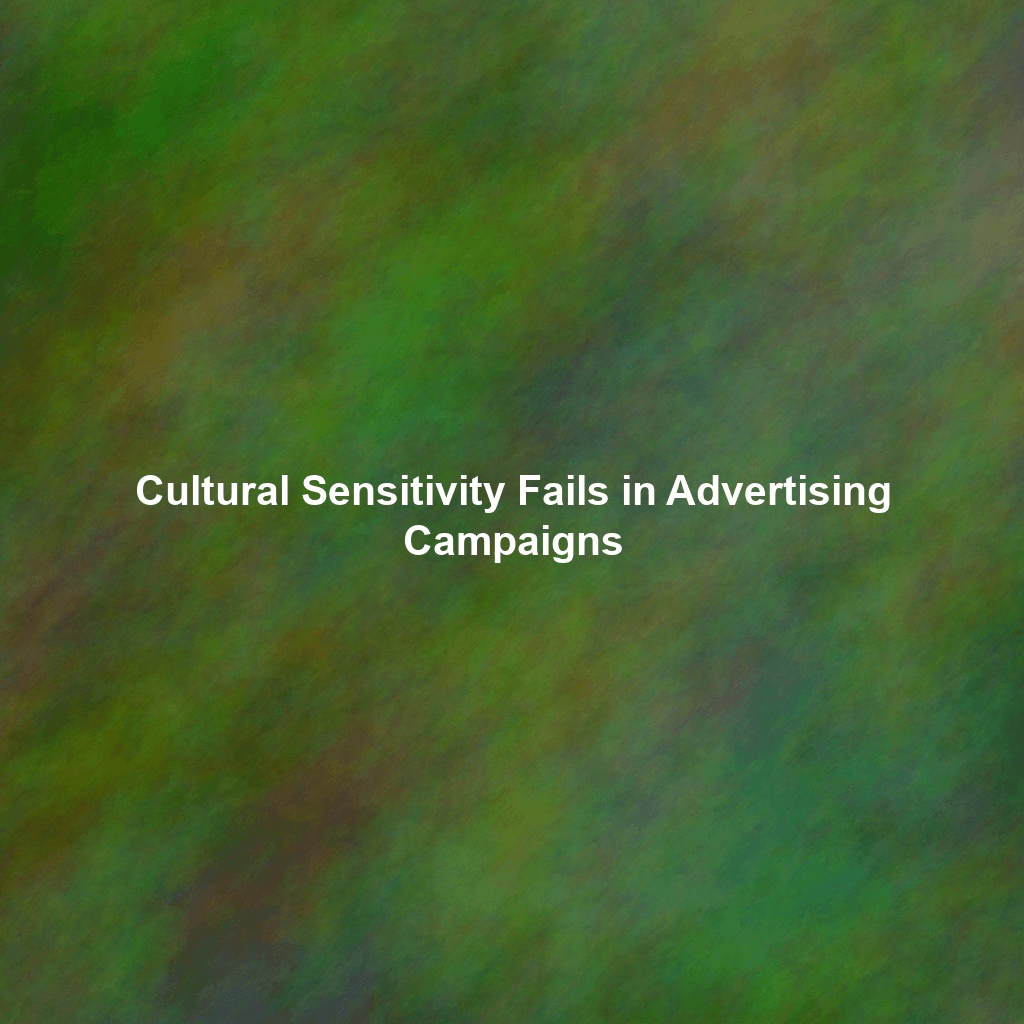The world of short-form content is a relentless race for attention. To win in 2025, you’ll need more than just creative ideas; you’ll need the strategic power of Artificial Intelligence (AI). This guide will show you how to harness AI to identify trends, generate engaging content, and optimize your videos for maximum virality, while also addressing the ethical considerations that come with this powerful technology.
The Short-Form Landscape in 2025: Why AI is Essential
By 2025, the volume of short-form content will be staggering. Platforms like TikTok, Instagram Reels, YouTube Shorts, and emerging metaverse-integrated video platforms will be saturated. Organic reach will be harder to achieve, and the competition for viewer attention will be fiercer than ever. This is where AI becomes a game-changer. It provides the ability to analyze massive datasets, predict trends, and personalize content in ways that are impossible for humans alone.
Without AI, you’re relying on gut feeling and lagging indicators. With AI, you’re equipped with data-driven insights that provide a significant competitive advantage. According to a 2024 report by Gartner, companies using AI for content creation saw a 30% increase in engagement compared to those relying solely on traditional methods (Gartner subscription required for full report). This trend will only accelerate in 2025.
Identifying Emerging Trends with AI
Staying ahead of the curve is crucial in short-form content. AI can help you spot emerging trends before they become mainstream, giving you a head start in creating relevant and engaging content.
AI-Powered Trend Spotting Tools
Several AI tools are designed to identify emerging trends across various platforms:
- Trend Hunter AI: This platform uses AI to analyze social media, news articles, and search data to identify emerging trends in specific industries and demographics. It provides detailed reports on trend drivers, potential applications, and target audience insights.
- Google Trends (Enhanced by AI): While Google Trends has been around for a while, its AI-powered enhancements provide more granular data and predictive analysis. You can identify rising search terms, related topics, and regional variations, allowing you to tailor your content to specific audiences.
- Talkwalker: This social listening platform uses AI to monitor social media conversations and identify emerging themes and sentiment. It can help you understand what people are talking about, what their pain points are, and what kind of content they’re looking for.
- Synthesia’s AI Video Trend Forecaster: (Hypothetical example) Platforms like Synthesia (if they develop this capability) may offer AI-driven forecasts specifically for video trends, predicting popular formats, topics, and styles.
How to Use AI for Trend Analysis: A Practical Example
Let’s say you’re creating content for a Gen Z audience interested in sustainable fashion. You could use Talkwalker to monitor social media conversations around “eco-friendly clothing,” “upcycled fashion,” and “sustainable brands.” The AI might identify a rising trend of “DIY clothing repair” or “thrifting hauls with a sustainable twist.” Armed with this information, you can create short-form videos demonstrating simple clothing repair techniques or showcasing unique finds from thrift stores while emphasizing their environmental benefits. This approach leverages a data-driven trend and aligns with the values of your target audience.
Generating Content Ideas with AI
Stuck in a creative rut? AI can be a powerful brainstorming partner, helping you generate fresh and engaging content ideas.
AI-Powered Content Idea Generators
Several AI tools can assist with content idea generation:
- Jasper.ai (formerly Jarvis): This AI writing assistant can generate creative content ideas based on keywords, topics, and target audiences. You can input a brief description of your brand and target audience, and Jasper will generate a list of potential video concepts, scripts, and captions.
- Copy.ai: Similar to Jasper, Copy.ai offers a suite of AI-powered writing tools, including a content idea generator. It can help you brainstorm different angles for your videos, craft compelling storylines, and write attention-grabbing headlines.
- ChatGPT: While not specifically designed for content idea generation, ChatGPT can be a valuable brainstorming tool. You can ask it to generate ideas based on specific topics, keywords, or trending themes. For example, you could ask “Give me 10 short-form video ideas about sustainable living for a Gen Z audience.”
Optimizing AI-Generated Ideas: The Human Touch
While AI can generate a plethora of content ideas, it’s important to remember that it’s just a tool. AI-generated ideas should be viewed as a starting point, not a final product. It’s crucial to add your own creative flair, brand voice, and unique perspective to make the content truly engaging and authentic. Always fact-check and verify any information provided by AI before publishing.
For instance, if Jasper suggests a video idea about “5 ways to reduce food waste,” you might refine it to “5 Unexpected Foods You Can Regrow From Scraps” and then film it with a humorous, relatable tone. The AI provides the initial spark, but your creativity ignites it.
If your company needs help refining AI-generated ideas, consider exploring options for partnering with expert content strategists who can provide a human overlay to ensure authenticity and brand alignment. This hybrid approach of AI assistance and human oversight often produces the most compelling results.
Optimizing Short-Form Videos for Virality with AI
Creating great content is only half the battle. You also need to optimize your videos for maximum visibility and engagement. AI can help you analyze video performance, identify optimization opportunities, and personalize the viewing experience.
AI-Powered Video Optimization Tools
Here are some examples of how AI can optimize your videos:
- AI-Driven A/B Testing: Platforms like VidIQ and TubeBuddy (which will likely have enhanced AI features by 2025) can use AI to automatically A/B test different video thumbnails, titles, descriptions, and tags. The AI analyzes the performance of each variation and identifies the optimal combination for maximizing click-through rates and views.
- AI-Powered Video Editing and Enhancement: AI-powered video editing tools can automatically enhance video quality, remove background noise, and generate captions. These tools can significantly improve the viewing experience and make your videos more accessible. Examples might include advanced features in tools like Adobe Premiere Pro or Descript.
- AI-Based Personalized Recommendations: Video platforms themselves use AI to personalize video recommendations based on user viewing history, demographics, and interests. Understanding how these algorithms work can help you create content that is more likely to be recommended to your target audience.
Example: Optimizing for TikTok’s Algorithm
TikTok’s “For You” page algorithm is notoriously complex. However, AI can help you understand how it works and optimize your videos accordingly. For example, you can use AI-powered analytics tools to identify trending sounds, hashtags, and video formats. You can also analyze the performance of your own videos to identify patterns and optimize future content. By understanding what resonates with TikTok’s algorithm, you can increase your chances of getting your videos seen by a wider audience.
Furthermore, future iterations of TikTok’s algorithm might penalize content that is obviously AI-generated without sufficient human oversight. This necessitates finding a balance between AI assistance and authentic human creation. Content that evokes genuine emotion and facilitates community interaction will likely continue to perform well.
Successful AI-Driven Short-Form Content Strategies: Case Studies (Hypothetical)
Case Study 1: “Sustainable Living Simplified” – Gen Z Focused TikTok Channel
This fictional TikTok channel used AI to identify a growing interest in “zero-waste living” among Gen Z. They leveraged Jasper.ai to generate video ideas, focusing on quick, actionable tips. AI was used to create eye-catching thumbnails. The result was a significant increase in followers and engagement within three months. Their most popular video, “5 Foods You Can Regrow From Scraps (Zero Waste Edition),” went viral, generating millions of views and establishing the channel as a leading voice in sustainable living on TikTok.
Case Study 2: “Language Learning Adventures” – Multilingual YouTube Shorts
This YouTube Shorts channel catered to language learners. They employed AI translation tools to create videos in multiple languages, significantly expanding their reach. AI-powered analytics were used to identify the most popular languages and dialects among their target audience. This data informed their content strategy, leading to increased subscribers and view counts. They also experimented with AI-generated subtitles for enhanced accessibility, reporting a positive impact on viewer retention.
Ethical Considerations When Using AI for Short-Form Content
While AI offers tremendous potential for creating viral short-form content, it’s crucial to consider the ethical implications of using this technology. Ignoring these considerations can damage your brand reputation and erode trust with your audience.
Transparency and Authenticity
Be transparent about your use of AI. Don’t try to pass off AI-generated content as entirely human-created. Consider disclosing your use of AI in your video descriptions or captions. Transparency builds trust and allows your audience to make informed decisions about the content they consume. Authenticity will become even more highly valued as AI-generated content becomes more prevalent.
Avoiding Misinformation and Bias
AI algorithms are trained on data, and if that data is biased, the AI will perpetuate those biases. Be aware of the potential for AI to generate misinformation or promote harmful stereotypes. Always fact-check AI-generated content and ensure that it is accurate, unbiased, and inclusive. Cross-reference information with reputable sources and diverse perspectives. Referencing academic research or governmental databases, such as data from the National Science Foundation ([link to NSF]), can improve the validity and trustworthiness of your content.
Copyright and Intellectual Property
Be mindful of copyright and intellectual property laws when using AI to generate content. Ensure that you have the rights to use any AI-generated images, music, or text in your videos. Avoid using AI to create content that infringes on the copyrights of others.
Deepfakes and Misrepresentation
The creation and dissemination of deepfakes raise serious ethical concerns. Avoid using AI to create deepfakes that misrepresent individuals or spread misinformation. Deepfakes can have serious consequences for the individuals involved and can erode trust in media and institutions. Consider the potential for misuse and unintended consequences before using AI for this purpose. Reputable sources, such as the Brookings Institute ([link to Brookings Institute report on deepfakes]), offer detailed analysis on the impact of deepfakes and potential mitigation strategies.
Future Trends: The Evolution of AI in Short-Form Content
The role of AI in short-form content will continue to evolve rapidly. Here are some potential future trends:
Hyper-Personalization
AI will enable hyper-personalization of short-form content, delivering tailored experiences to individual users based on their unique preferences and behaviors. This could involve personalized video recommendations, interactive content that adapts to user responses, and AI-generated avatars that interact with users in a customized way.
AI-Powered Storytelling
AI will become more sophisticated at generating compelling storylines and narratives. AI-powered tools could assist with scriptwriting, character development, and plot construction, enabling creators to produce more engaging and emotionally resonant content.
AI-Generated Virtual Influencers
Virtual influencers, powered by AI, will become more prevalent. These AI-generated characters could interact with users in real-time, promote products, and build relationships with audiences. The ethical implications of virtual influencers, particularly regarding transparency and authenticity, will need to be carefully considered.
The Metaverse Integration
As the metaverse evolves, AI will play a critical role in creating and populating virtual worlds with short-form content. AI-powered tools could generate virtual environments, design avatars, and create interactive experiences within the metaverse. The convergence of AI and the metaverse will create new opportunities for creators to engage with audiences in immersive and innovative ways.
Keeping abreast of the latest AI advancements and experimenting with new tools and strategies will be essential for staying ahead of the curve in the rapidly evolving world of short-form content. If you’re looking for expert guidance navigating this complex landscape, consider partnering with a digital marketing agency specializing in AI-driven content creation.
This article was optimized and published by Content Hurricane.
 Skip to content
Skip to content

